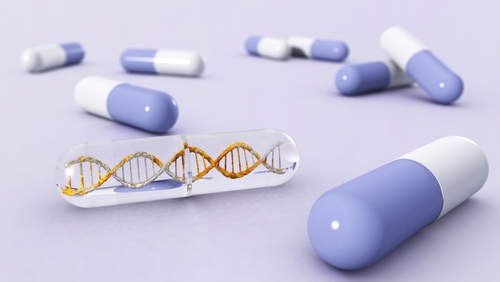What is the iNTD and Its Patient Registry?

If your child has aromatic l-amino acid decarboxylase (AADC) deficiency, you may want to consider participating in the patient registry of the International Working Group on Neurotransmitter Related Disorders (iNTD). The group’s aim is to foster global exchange of clinical data, with the ultimate goal of improving healthcare for patients with neurotransmitter disorders, including AADC.
What is AADC?
AADC deficiency is a rare genetic and neurometabolic disease. Symptoms usually manifest in early infancy. Also categorized as a neurotransmitter disorder, AADC deficiency affects the nervous system, hindering the ability of nerve cells to communicate with each other and the rest of the body.
What is the iNTD?
An international team of leading medical experts from Germany, Spain, and the U.K. created the iNTD in 2013. To improve understanding of rare neurotransmitter diseases, including AADC deficiency, it’s been working to foster clinical networking and build a patient registry to promote disease knowledge and awareness among clinicians. The overarching goal is to improve patient care through better treatments.
What’s in the patient registry?
To describe the natural history and outcome of disorders such as AADC deficiency, the iNTD created its online patient registry to collect long-term clinical data on disease progression, diagnosis, current treatment, and quality of life.
The registry will include data from routine examinations largely performed during outpatient doctor visits, and requires no extra effort from patients.
With 295 complete cases and 42 participating centers in 26 countries, the registry also aims to compare the diagnosis, treatment, and management of patients in different European countries.
What else has the iNTD accomplished?
Over the years, the collaboration has grown its partnership network and patient registry database, published consensus guidelines for patients with AADC deficiency, reported clinical outcomes of pregnant women with tetrahydrobiopterin deficiencies, and conducted a comprehensive review on neurotransmitter disorders.
How can I get involved?
Visit the registry website for a list of participating registry centers worldwide, including two in the U.S. Go to the patient page for a list of organizations that can give you more information about the registry as well as resources on AADC deficiency.
Last updated: June 10, 2020
***
AADC News is strictly a news and information website about the disease. It does not provide medical advice, diagnosis, or treatment. This content is not intended to be a substitute for professional medical advice, diagnosis, or treatment. Always seek the advice of your physician or other qualified health provider with any questions you may have regarding a medical condition. Never disregard professional medical advice or delay in seeking it because of something you have read on this website.





